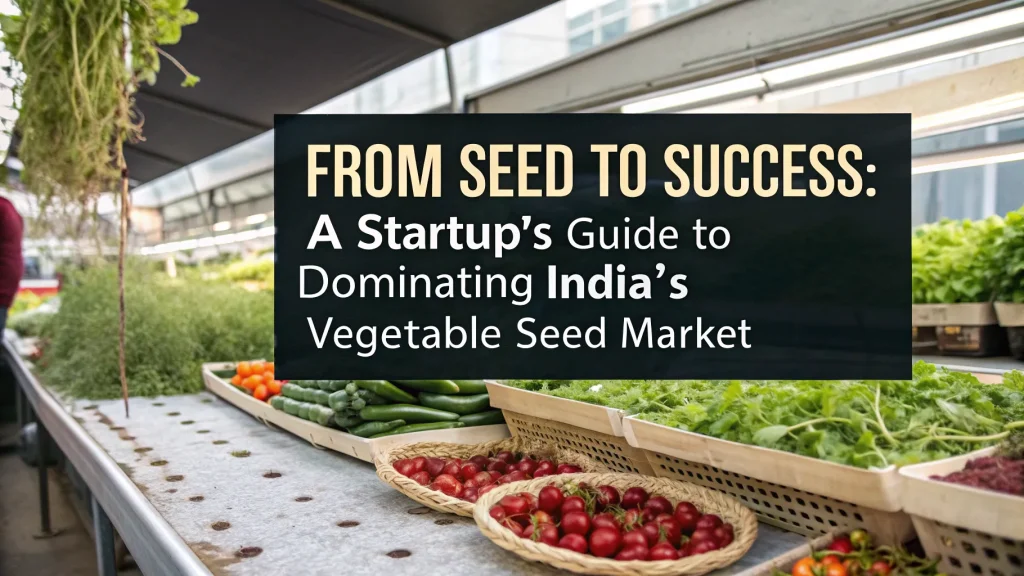In today’s fast-paced agri-business environment, value added products of wheat are emerging as a powerful trend, revolutionizing the traditional wheat industry. As global food preferences shift toward convenience, health, and sustainability, the demand for diversified wheat-based products is growing exponentially. Launching a wheat value-added products business not only taps into this thriving market but also ensures improved profitability, reduced post-harvest losses, and a sustainable supply chain model.
What are Value Added Products of Wheat?
Value added products of wheat refer to a wide range of items derived from primary wheat processing but enhanced through innovative processing, packaging, branding, and marketing. These products go beyond raw flour and cater to diverse culinary and lifestyle demands.
Visit this Page for More Information: Start a Business in Food Processing
Examples of Wheat Value-Added Products:
-
Whole wheat pasta and noodles
-
Multigrain and fortified wheat flours
-
Wheat germ and bran-based snacks
-
Ready-to-eat chapatis and parathas
-
Breakfast cereals from wheat flakes
-
High-protein wheat cookies and biscuits
-
Organic wheat-based baby food
-
Instant wheat porridge mixes
By converting basic wheat into market-ready, consumer-centric products, entrepreneurs can substantially increase their product’s market value.
Why Start a Wheat Value-Added Products Business?
1. Rising Demand for Healthy and Convenient Food
With a global rise in lifestyle diseases, health-conscious consumers are demanding whole grain, fiber-rich, and nutrient-dense products. Wheat fits the bill perfectly. Value-added wheat products like multigrain atta, bran-rich biscuits, and low-GI wheat snacks cater to this segment seamlessly.
2. Profitable Business Model
Compared to selling raw wheat, processing it into value-added forms yields higher margins. For instance, converting wheat into organic pasta or ready-to-cook mixes can offer profits up to 200% more than raw grain sales.
3. Employment Generation and Rural Empowerment
This industry boosts employment in food processing, packaging, distribution, and marketing. It supports farmers by increasing the usability of every part of the wheat grain — from bran to germ.
4. Government Support and Subsidies
Governments are actively promoting agribusiness startups. From subsidies on machinery to skill development programs and tax benefits, support is readily available.
Comprehensive Market Analysis for Wheat-Based Products
Global and Indian Market Trends
The global whole grain and functional food market is projected to reach USD 75 billion by 2030, and wheat-based products contribute a significant share. In India, the market for value added wheat products like whole wheat pasta, ready-to-cook parathas, and cereal bars is witnessing 20-30% annual growth.
Consumer Segments to Target:
-
Urban health-conscious millennials
-
Working professionals seeking convenience
-
Diet-conscious and diabetic patients
-
Parents looking for healthy food for children
-
Institutional buyers like schools, hospitals, airlines
How to Start a Value Added Wheat Products Business
1. Business Plan and Product Strategy
Start with market research. Identify gaps — are there gluten-free wheat snacks missing in your region? Does your local market lack organic or fortified atta? Build your product line around consumer needs. Define your USP — whether it’s health, flavor, convenience, or affordability.
2. Infrastructure and Machinery
Depending on your product range, you’ll need:
-
Roller flour mills
-
Mixing and blending machines
-
Extrusion units (for noodles and pasta)
-
Packing and sealing equipment
-
Quality testing labs
Invest in automated or semi-automated machinery to maintain hygiene and consistency.
3. Sourcing Raw Material
Procure high-quality wheat directly from farmers or through FPOs (Farmer Producer Organizations). For organic or fortified products, ensure certification and traceability.
4. Product Development and R&D
Innovation is key. Collaborate with food technologists to develop recipes, extend shelf life, and enhance taste. Incorporate superfoods like flaxseed, quinoa, or herbs to increase nutritional value.
5. Branding and Packaging
Attractive, informative, and eco-friendly packaging enhances market appeal. Highlight product benefits — “high fiber,” “low GI,” “no preservatives,” etc. Focus on convenience — resealable pouches, microwaveable trays, and single-serve packs are consumer favorites.
6. Licensing and Certification
Obtain FSSAI registration, GST, MSME, and local health certifications. For exports, consider ISO, HACCP, and organic certifications.
Read our Book Here: Handbook on Drying
Effective Marketing Strategies for Wheat Value-Added Products
Digital Marketing and E-Commerce
Build a strong online presence. Use SEO, social media, and influencer marketing to target your audience. List your products on platforms like Amazon, BigBasket, Flipkart, and your own D2C website.
Retail and Distributor Networks
Distribute through modern retail chains, health stores, local kiranas, and institutional bulk buyers. Offer attractive margins to channel partners.
Sampling and BTL Campaigns
Offer free samples at supermarkets, gyms, yoga studios, and health expos. BTL (Below-the-Line) activities drive brand recall.
Sustainability as a USP
Highlight eco-friendly practices in sourcing, packaging, and production. Today’s conscious consumers value brands that care about the environment.
Financial Overview and Expected ROI
Initial Investment Estimate:
| Component | Cost (Approx.) |
|---|---|
| Plant & Machinery | ?15–25 lakhs |
| Setup & Utilities | ?5–10 lakhs |
| Raw Material (3 months) | ?3–5 lakhs |
| Licensing & Branding | ?2–3 lakhs |
| Marketing & Working Capital | ?5–10 lakhs |
Total: ?30–?50 lakhs (for small to mid-scale setup)
ROI Expectation:
With proper branding and distribution, breakeven is possible within 12–18 months. Net profit margins can range from 20–40%, depending on the product mix and market penetration.
Related Feasibility Study Report: Setup Wheat Processing Unit
Challenges and Solutions
Challenge 1: Supply Chain Complexity
Solution: Build reliable supplier and distributor networks. Use ERP systems for inventory and logistics management.
Challenge 2: Consumer Awareness
Solution: Invest in educational content. Explain the health benefits of your wheat products through blogs, videos, and campaigns.
Challenge 3: Shelf Life
Solution: Employ vacuum sealing, natural preservatives, and nitrogen flushing to enhance product shelf life without compromising nutrition.
Conclusion: A Golden Opportunity for Aspiring Agri-Entrepreneurs
The business of value added products of wheat is not just a trend — it’s a strategic move toward future-ready agribusiness. From providing consumers with healthier alternatives to ensuring profitability and sustainability, the sector holds immense promise.
If you are looking for a high-potential, scalable, and socially impactful business, investing in wheat-based value addition can yield long-term rewards. With the right planning, infrastructure, and marketing, you can carve a strong niche in this rapidly growing market.






